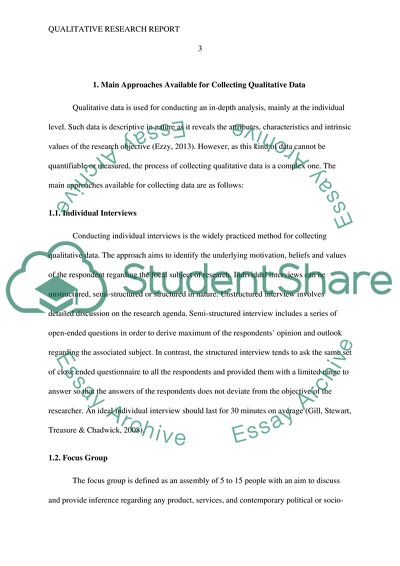Cite this document
(Qualitative Research Report Example | Topics and Well Written Essays - 2500 words - 3, n.d.)
Qualitative Research Report Example | Topics and Well Written Essays - 2500 words - 3. https://studentshare.org/marketing/1871344-qualitative-research-report
Qualitative Research Report Example | Topics and Well Written Essays - 2500 words - 3. https://studentshare.org/marketing/1871344-qualitative-research-report
(Qualitative Research Report Example | Topics and Well Written Essays - 2500 Words - 3)
Qualitative Research Report Example | Topics and Well Written Essays - 2500 Words - 3. https://studentshare.org/marketing/1871344-qualitative-research-report.
Qualitative Research Report Example | Topics and Well Written Essays - 2500 Words - 3. https://studentshare.org/marketing/1871344-qualitative-research-report.
“Qualitative Research Report Example | Topics and Well Written Essays - 2500 Words - 3”. https://studentshare.org/marketing/1871344-qualitative-research-report.


